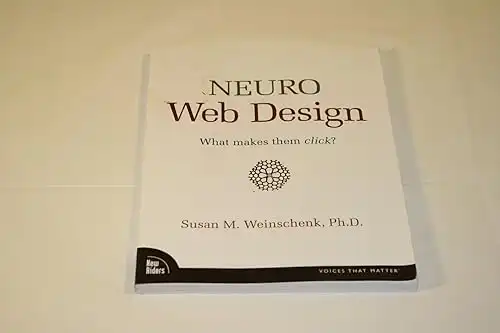The Scarcity Effect

The idea that scarce products are more appealing isn’t new. The latest iPhone MUST be good if hundreds of people are standing in line to snag one of the small number available at launch, right? Game console makers seem to have turned scarcity into an art, ensuring that when a new model is introduced the demand always exceeds the supply, fueling even more demand.
But the power of scarcity goes far beyond the obvious social validation of watching other people clamor for a product they can’t have. An amazingly simple experiment conducted a few decades ago shows how we are subconsciously influenced by apparent scarcity, even when we are by ourselves:
WORCHEL, LEE, AND ADEWOLE (1975) asked people to rate chocolate chip cookies. They put 10 cookies in one jar and two of the same cookies in another jar. The cookies from the two-cookie jar received higher ratings—even though the cookies were exactly the same! Not only that, but if there were a lot of cookies in the jar, and then a short time later most of the cookies were gone, the cookies that were left received an even higher rating than cookies that were in a jar where the number of cookies didn’t change. [From Neuro Web Design by Susan Weinschenck.]
Marketers employ scarcity strategies all the time with phrases like “Limited supply!” and “Offer applies only to current inventory!”
Web merchants are getting smart about scarcity, too. Lately, on travel sites when I’ve looked up flights I’ve seen little red notes next to a flight that say, “Only 2 seats left at this price!” That’s great psychology – not only does it invoke scarcity, but also suggests that the current price is a bargain compared to the “regular” price. I know that little flag has caused me to book a flight right away instead of continuing to explore other options or postpone booking to see if prices might drop.
Online merchants who have good real-time inventory control also employ scarcity when they indicated that an item is available for immediate shipment but that there is only one left in stock. (I have mixed feelings about that one. Coming from the mail order business, the last item on the shelf is sometimes the banged up one that the pickers have avoided grabbing as long as they could.) This implied scarcity is both a motivator because of time (I might have to wait for a backorder if I don’t order now) but also because of the scarcity effect.
While the invocation of limited supply does imply social validation, one more powerful approach would be to show how rapidly a product is selling. If you knew that a product was in limited supply AND selling at a strong pace, the cookie experiment suggests that the product would be even MORE attractive. (Television shopping channels actually use this technique by showing rapidly declining inventory for the featured product – they clearly get neuromarketing.) Flagging a product as one of the “most popular” is a good idea, but strikes me a being weaker than something more concrete.
Both service providers and product sellers have found ways to build scarcity into their offerings in a productive and (one hopes) honest way – are YOU exploiting the “scarcity effect?”

